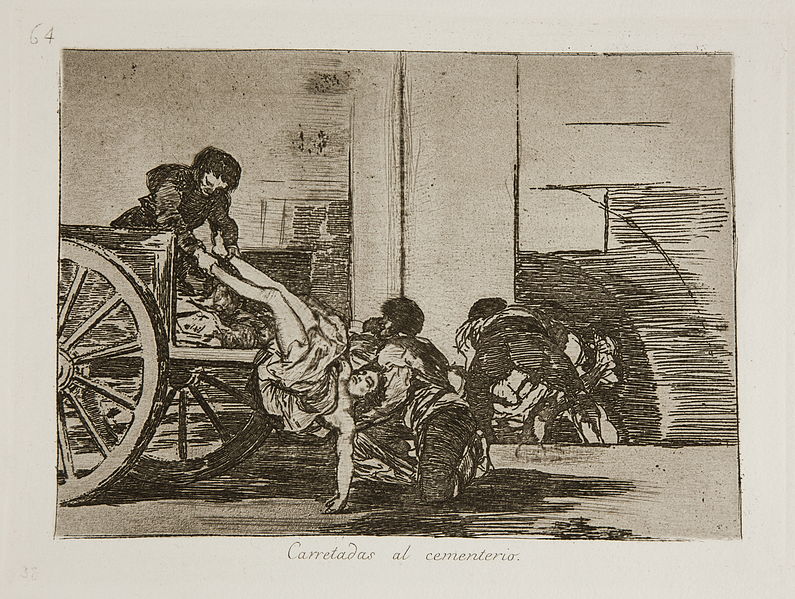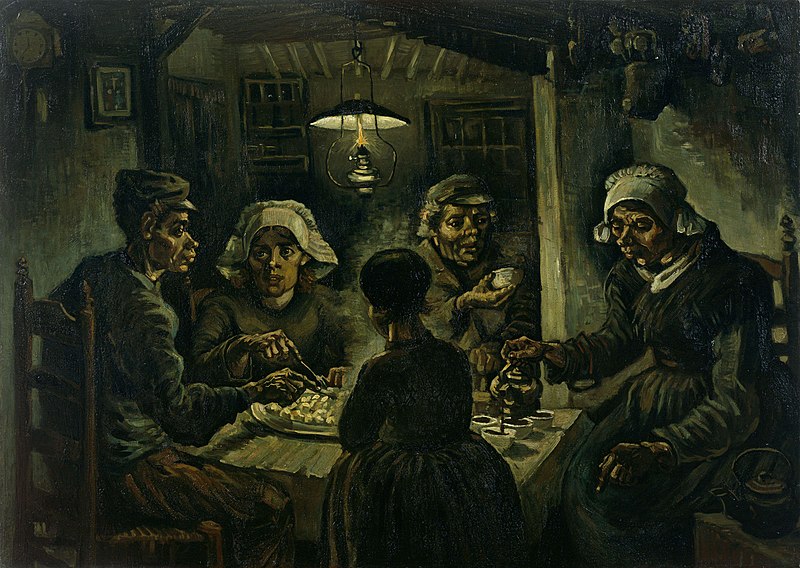Grant Wiggins, in A Lesson before Dying, must play the role of a subservient African American in a racist community that continually works to make sure he understands his place within the social structure. For instance, when Grant goes to see Henri Pichot he must enter the house through the back door. When he goes to Pichot's house to visit with Sheriff Guidry regarding whether or not he can visit Jefferson, he must enter in the back door and the men make him wait two and a half hours in the kitchen before gracing him with their appearance. Upon entering the kitchen, Edna Guidry greets Grant, "smiling and coming up to [him] with her hand out. She stopped a good distance back, and [he] had to lean forward to shake her hand" (44). Later, when Henri and Sheriff Guidry enter, Grant begins to think to himself: "I tried to decide just how I should respond to them. Whether I should act like the teacher that I was, or like the nigger I was supposed to be" (47). Grant must navigate the space and determine whether or not he will submit to the social hierarchy or resist it through not conforming to its set of rules. Grant decides to wait and see how the conversation with Guidry will play out because "[t]o show a lack of intelligence would have been a greater insult to [him]" than to insult the men by showing too much intelligence. Immediately, Guidry asks Grant if he has been waiting long, and Grant responds by stating that he has been waiting for two and a half hours. Grant thinks, "I was supposed to say, 'Not long,' and I was supposed to grin, but I didn't do either" (47). This is just one example of the thought process that Grant must go through in his interactions with whites. His Tante Lou has taught him to be a man and to never go in the back door; however, circumstances have dictated that Grant must acquiesce to the rules around him and "play" the game so that Sheriff Guridy will allow him to see Jefferson in the prison.
Grant works to resist against this position, occasionally omitting a "Mister" here and there and using correct diction when those around him expect an "inferior" diction. These small actions provide a space for resistance; however, Grant must still maintain his role as subservient in the society, in part to survive. Grant's struggles, and resistance, can be seen throughout much of African American literature. Paul Laurence Dunbar's "We Wear the Mask" elaborates on the outward appearance and the inner turmoil that racism produces. In the 1966 NBC News report Mississippi: A Self Portrait, Booker Wright spoke about this turmoil. After reciting the Lusco's menu, he begins to talk about the way customers treat him in the restaurant. Some call him by his name, others don't, and some call him nigger. All the time, however, he must stand there and grin, always keeping a smile even though he cries inside. Booker says he endures all of this because he wants a better life for his children. In many ways, Booker typifies Grant's experiences and thoughts in A Lesson before Dying. After the interview aired, white customers did not want Booker to serve them, a policeman pistol whipped him, his restaurant that he ran in the African American part of town shut down, and someone shot him dead in the early 1970s. When students ask if incidents like the ones that Gaines writes about were true, I point them to people like Booker Wright who lived through Jim Crow and segregation on a day to day basis and had to learn how to survive and navigate that society.
I must say that I did not know anything about Booker Wright's story until I saw part of the NBC News' clip on an episode of Anthony Bourdain: Parts Unknown where he visits the Mississippi Delta. After that, I began to do a little research on Booker's story. His granddaughter started a blog, the Booker Wright Project, and two years ago she and Raymond De Lefitta told about their search for Booker in Booker's Place: A Mississippi Story. A short video of the film appears below.
Gaines, Ernest J. A Lesson before Dying. New York: Vintage Books, 1993. Print.


.jpg)








